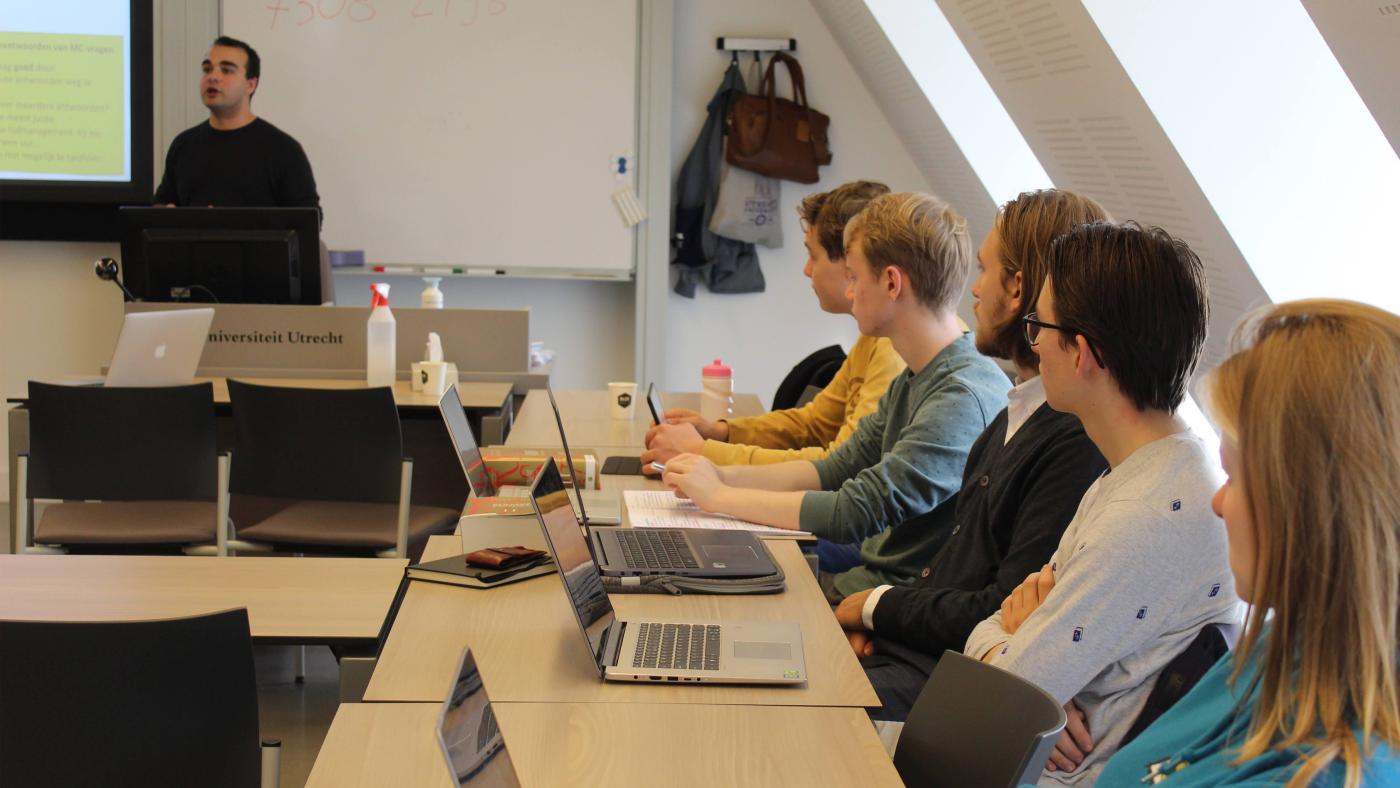Austerity measures
Social Sciences chooses to have more students in its workgroups

The Faculty of Social Sciences is being hit hard by the government's budget cuts and is urgently looking for ways to save millions of euros on education and research. The faculty previously announced a hiring freeze and its intention to switch to fewer teaching weeks per term, with seven instead of eight weeks.
The faculty is also increasing the number of students per workgroup to 24, so lecturers will give fewer tutorials, which requires fewer rooms. Due to the hiring freeze, Social Sciences must make do with fewer lecturers.
Programme
The faculty council met on Tuesday, February 4. During this meeting, Vice Dean Irene Klugkist announced that almost all Social Sciences programmes will schedule larger workgroups in the 2025-2026 academic year. It is up to the programmes themselves to make this choice. There is no faculty-wide rule establishing a maximum workgroup size.
In practice, larger workgroups already exist and the faculty's plan will mainly ensure that programmes move away from smaller workgroups. "In recent years, we've created courses that work with smaller workgroups," Klugkist stated in a written response. Sometimes only fifteen, but often with eighteen to twenty students in a workgroup.
"Now that we have to make serious cutbacks and still want to maintain small-scale (workgroup) education as much as possible, it is a logical choice to start planning at approximately 24 students per workgroup."
Educational quality
Staff member Martijn Mulder said that he feared for the quality of education. He would prefer to reduce the number of tutorials while retaining the smaller workgroups.
Staff member Reine van der Wal considered it a missed opportunity that the cutbacks focused on how classes could become more efficient. The faculty could have sought alternative forms of education that could save money.
“Take the future learning spaces, such as the Learning Plaza in the Minnaert building, which accommodate 150 students in a single room. That requires a different working method, but some courses already do this.”
Utrecht University (UU) has several future learning spaces. These classrooms are furnished differently, allowing classes to be taught differently.
The faculty board took notes about the comments by the faculty council members but did not reply to them in detail.